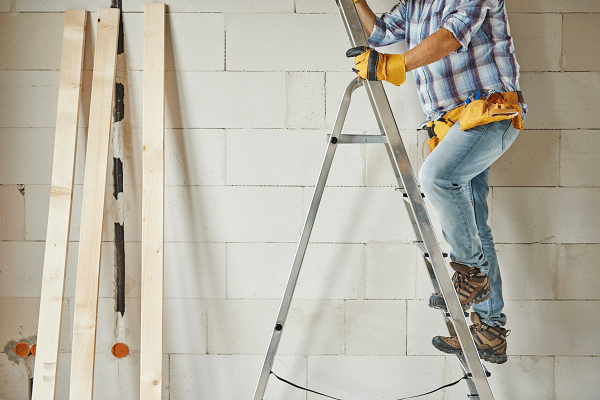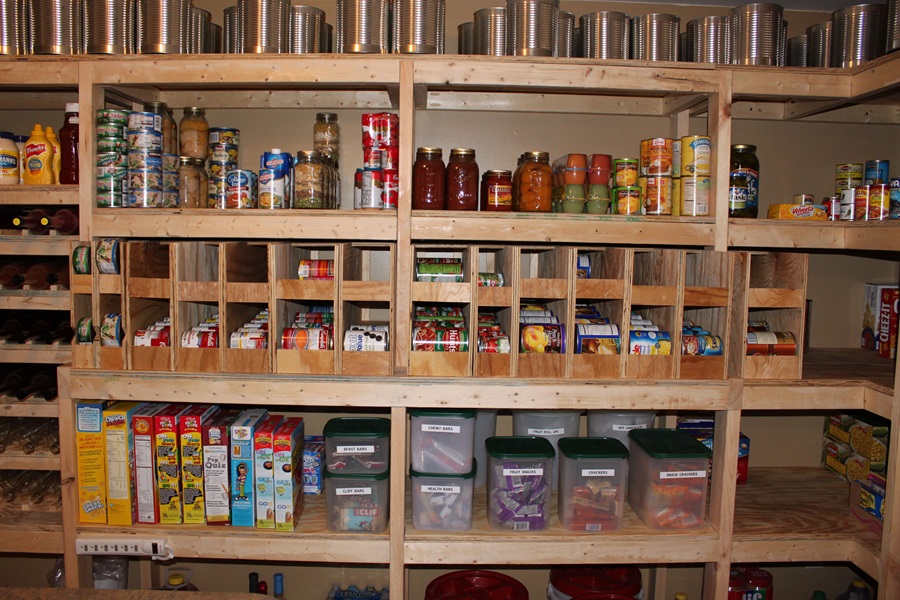Mold is a serious issue that can cause many problems for homeowners. If you are unsure what to do if you find mold in your home or are worried about the health effects of mold, then this post is for you! It will discuss everything you need to know about mold, including how to prevent and get rid of it. It will also talk about the health effects of mold and what to do if you think you might have a mold allergy.
Contents
- 1 What Is Mold?
- 2 Black Mold
- 3 Green Mold
- 4 White Mold
- 5 Yellow Mold
- 6 Things Homeowners Need To Know About Mold
- 7 The Causes Of Mold In Your Home
- 8 How To Identify Mold
- 9 How To Remove Mold
- 10 How To Prevent Mold In The Future
- 11 What You Should Do If You Think You Have A Mold Allergy
- 12 There Are Some Things Everyone Should Know About Mold!
What Is Mold?

Most people have heard of mold, but few know what it is. Mold is a type of fungus that thrives in damp, dark environments. It can be indoors and outdoors and comes in a wide range of colors, including black, green, white, and yellow. While some types of mold are harmless, others can cause severe respiratory illnesses. While each mold is different, it is essential to know a little bit about each:
Black Mold
Black mold is a fungus that can grow indoors in moist, humid environments. It is often in bathrooms, kitchens, laundry rooms, and basements. Black mold can cause various health problems, including respiratory illnesses, skin rashes, and headaches; it can also damage your home, causing staining and structural damage.
Green Mold
Green mold is a fungi that can grow on food, plants, or other surfaces. It is often found in damp or humid environments and can spread if given the right conditions. While green mold is not typically harmful to humans, it can cause allergic reactions in some people. Additionally, green mold can damage crops and other plants, making it difficult to remove once it has taken hold.
White Mold
While most mold is harmless, some types can be dangerous to humans and animals. One of the most dangerous is white mold, which can cause various health problems, including respiratory infections, skin rashes, and gastrointestinal issues. In severe cases, white mold can even be fatal. The best way to avoid these risks is to avoid exposure to white mold.
Yellow Mold
At first glance, yellow mold may not seem like a cause for concern. After all, it’s not the bright red of black mold, so it can’t be that dangerous, right? Unfortunately, yellow mold is a fungus type that can cause serious health problems if left unchecked. The spores of yellow mold are easily inhaled and can lead to respiratory problems like asthma and bronchitis. In addition, mold can also cause skin irritation and infected wounds.
Things Homeowners Need To Know About Mold

While knowing the effect of each type of mold is essential, it isn’t nearly as important as knowing what to do if mold is in your home. This section will look at some of the different things homeowners need to know about having mold in their houses:
The Causes Of Mold In Your Home
Mold typically thrives in damp, dark, and humid environments. It can often be in basements, bathrooms, or areas with poor ventilation. Mold spores are invisible to the naked eye and can be easily transported through the air. Once they land on a wet surface, they grow and multiply. Sometimes, mold growth can also happen due to flooding or other water damage.
Other causes of mold include:
- Leaky pipes
- Condensation on windows or other surfaces
- Drying clothes indoors
- Not cleaning up spills and leaks promptly
How To Identify Mold
One of the most obvious signs of mold is a musty smell. If you notice this odor in your home, there is likely mold present. Another sign of mold is the presence of small black or green dots on walls or other surfaces. These dots are the spores that mold produces. If you see these dots, cleaning the area immediately and removing any present mold is important.
If mold is on clothes, it may cause them to rot or develop a musty smell. In some cases, mold can also cause discoloration on walls or ceilings. It is best to contact a professional mold inspection company to determine if you have mold in your home. They will be able to test for the presence of mold.
How To Remove Mold
Anyone who has ever had to deal with mold knows it can be a stubborn and challenging problem. While many store-bought products claim to remove mold, they are often ineffective and can be pretty expensive. Luckily, a few simple household ingredients can be just as effective at removing mold. One popular method is to mix vinegar and water in a spray bottle and use it to scrub down moldy surfaces.
Another is to mix baking soda and water into a paste and use it to scrub away mold. Whatever method you choose, be sure to protect yourself from mold spores by wearing gloves and a mask. With a bit of time and effort, you should be able to get rid of mold for good.
How To Prevent Mold In The Future
Once you get rid of mold in your home, you’ll want to do everything you can to prevent it from returning. And while no system is one hundred percent foolproof, there are a few things you can do to discourage mold growth.
- Keep the indoor environment dry: Mold needs moisture to grow, so keeping your indoor environment dry is key to preventing its growth. Use a dehumidifier in damp areas such as the basement or bathroom, and make sure to fix any leaks.
- Ventilate: Ventilating your indoor space helps to prevent mold growth by removing moist air. Open windows and doors when weather permits, and use fans in the kitchen and bathroom.
- Clean regularly and thoroughly: Regular cleaning helps to remove mold spores from surfaces, and thorough cleaning helps to prevent future mold growth. Clean surfaces with a solution of one part bleach to three parts water, and make sure to dry the area completely afterward.
What You Should Do If You Think You Have A Mold Allergy

If you think you have a mold allergy, there are a few things you can do to find out for sure and get relief from your symptoms. First, talk to your doctor. They can order a blood test to check for antibodies to mold, confirming an allergy. They can also recommend over-the-counter or prescription medications to help relieve your symptoms.
You can hire a professional mold remediation company if you have mold in your home. You can also take steps to avoid mold exposure in your home by opening windows to let in fresh air, using an air purifier, and keeping surfaces clean and dry. By taking these steps, you can get relief from your symptoms and improve your quality of life.
There Are Some Things Everyone Should Know About Mold!
Mold is a common problem in many homes, but it can be solved with time and effort. By following the tips in this article, you can get rid of mold and prevent it from returning. If you think you have a mold allergy, talk to your doctor to get relief from your symptoms. The more you understand mold, the easier it will be to keep your home mold-free! So take the time to learn about mold and how to deal with it, and you’ll be glad you did.


